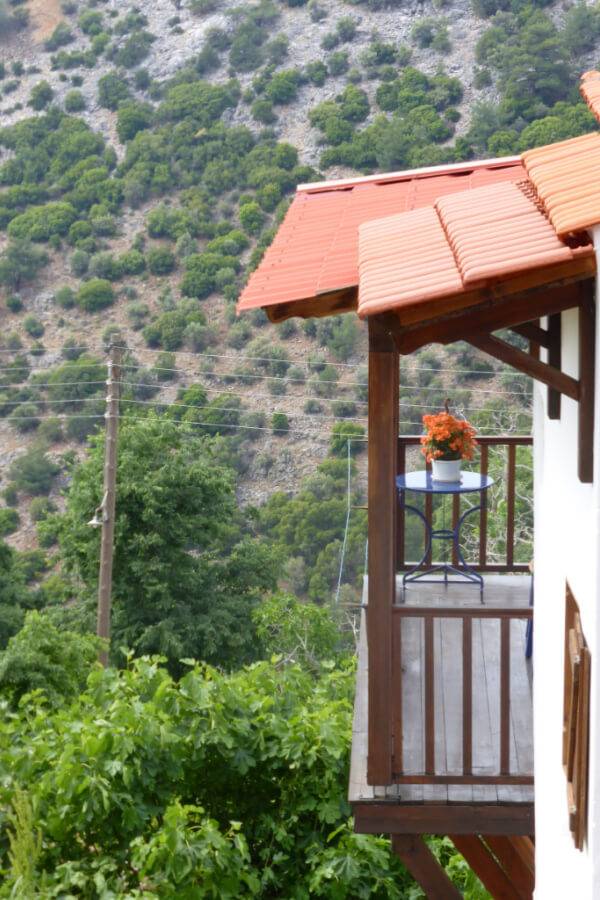ThaSsos
Population: 13,770 (2011)
ISLAND OVERVIEW
Thasos is the northernmost major Greek island, situated approximately 8 miles from the mainland Port of Keromotti. It is circular and mountainous in shape, and of volcanic origin. Mount Ipsario (Ypsario) at 1,203 metres forms its centre, and its slopes are deeply gorged by torrent courses that radiate out to the islands coasts. The valleys are thickly wooded with Pines, Firs, Chestnuts and Plane trees.
The town, Limenas, is situated on the islands northern coast and is a mixture of modern buildings and archaeological ruins. Above the ancient city, you will find the acropolis, standing on the ruins of this gives a good general view of the town.
The economy of Thassos relies on timber and mining which includes lead, zinc, and marble, especially in the Panagia area where one of the mountains near the Thracian Sea has a large marble quarry. The marble quarries in the south, (now abandoned) were mined during ancient times. The main agricultural products on the island are honey, almonds, walnuts, olives (famously Throuba olives), and olive oil, as well as wine, sheep, goat herding, and fishing. Tourism has also become important since the 1960s, although not to the level of other Greek islands.
Thassos is also one of the greenest islands with a near-perfect climate of the hot summer sun and cool winters with a little wind and rain mixed in. It has been known to snow in late April and then be 30c in early May!
There are frequent ferries to and from Kerromotti to Thassos during the summer season.

The Island & Its History
click image to view in Google Maps
The island was colonised at an early date by Phoenicians, probably attracted by its gold mines. They founded a temple to the God Melqart and the cult was merged with Heracles in the course of the island’s Hellenization.
Around 650 BC, Greeks from Paros founded a colony on Thasos. Thasian power, and sources of its wealth, extended to the mainland. The Thasians owned gold mines even more valuable than those of the island; their combined annual revenues amounted to between 200 and 300 talents. The island’s capital, Thasos, had two harbours. Besides its gold mines Thasos was well known in antiquity for its wine, nuts and marble. Thasian coins had the head of the wine god Dionysos on one side and bunches of grape of the other.
The island has changed hands many times through revolts and invasions from the Byzantine era to the Ottomans. During the Axis occupation (April 1941 – October 1944) Thasos, was assigned by the Nazis to their Bulgarian allies. Thasos’ mountainous terrain facilitated resistance activity against the occupation forces, mainly led by the left-wing National Liberation Front (EAM). After the end of the war and the withdrawal of Axis troops in 1944, the island was involved in the Greek Civil War. Skirmishes and communist guerilla attacks continued on Thasos until 1950, almost a year after the main hostilities were over on the mainland.
Costas Tsimas, a native of Thasos, attained national recognition when he was appointed Director of the National Intelligence Service, becoming the first civilian to hold that post.
Prayer Points
- The people on the island will realize their need for God and their eyes will be opened to the truth and love of God through reading the Bible for themselves.
- The Lord will work in the lives of all the God-fearing religious people already living on this island, and bring healing & refreshment to their lives.
ADOPT THIS ISLAND
If you are committed to praying for this island and its region, please drop us a note, we would love to know about it and keep you posted with prayer updates!
By completing this form, I consent to receive content from Broad Reach Maritime in accordance with our Privacy Policy.

